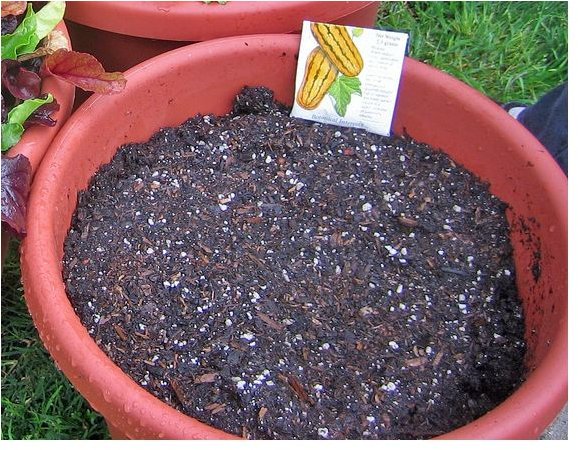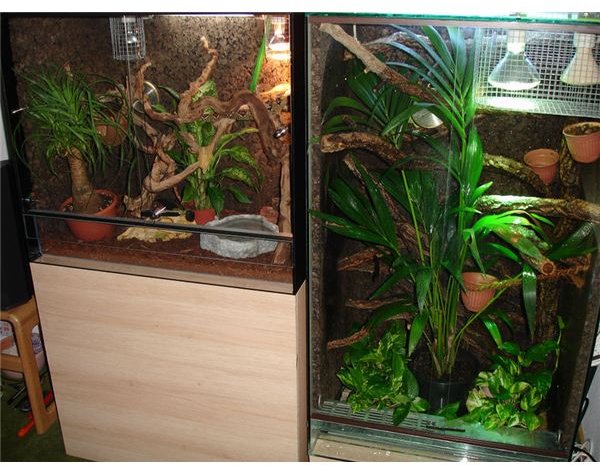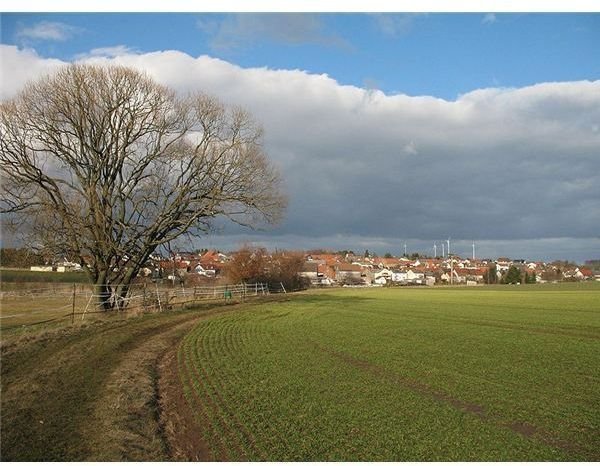Fun Soil WebQuest for Students: Includes Hands-on Activities. Quiz & Relevant Links
What’s Down There?
You have just moved in to your new home, and you wanted to transform a dull piece of land beside your house into a beautiful garden - with all sorts of flowering plants and trees everywhere. In your initial attempt to do some gardening, you discovered that there were areas in the land where it seemed impossible to make a single plant grow.
Do you want to get to the bottom of it and solve the mystery? Then gear up for this intensive research and experiment on soil. But before you engage in this activity, prepare the necessary materials that you will need, such as gloves and shovel. This task could get a little bit grubby!
The Task
Are you ready to get down and dirty? Here are the tasks that you are expected to accomplish in this Soil WebQuest:
1. Get to know more about soil - its components, types and characteristics;
2. Collect samples of each type of soil for observation purposes;
3. Keep a Soil Journal to list the characteristics of the samples collected;
4. Create a terrarium;
5. Make a PowerPoint presentation about soil.

RESOURCES
- The soil found in your garden (for collecting samples)
- Relevant websites about soil:
Discovery Education: The Dirt on Soil
Terrarium Man on Storm the Castle.com: Making the Ultimate Terrarium
Soil-net.com. Soil for Schools
Geology for Kids.com. The Earth’s Soil
The Process
Step 1: Underground Meeting
Read about soil - its definition, types, creatures found in it, function, and its characteristics. Use the links found in the Resources section above to acquire information about soil. Write in your Soil Journal the characteristics of each type of soil. You may even draw each type so you could remember how it looks.
Step 2: All Soiled Up
Go to your garden and observe the types of soil that you can find. Wear gloves and use a shovel in collecting soil for each type. Place your samples in a container.
Did you find any organism or creature when you dug the ground? Visit the Field Guide in the Dirt on Soil website for a list and photos of what crawls and creeps in the soil. But those creepie-crawlies are not just there for nothing - they serve special purposes for the soil. Learn more about them by clicking on the link.
Step 3: Matching Type
Using the samples that you have collected, spread them on a flat surface, analyze how they look, and compare them with the ones found in your journal. Identify the type of soil that you have gathered by referring to this link: https://school.discoveryeducation.com/schooladventures/soil/name_soil.html
Step 4: Garden in a Box

Browse through a variety of resources in making a terrarium following the instructions from the site above. You may come up with a themed terrarium, if you wish. Simply browse through the link, and decide on a theme that you would like to use for your terrarium. However, make sure to include all the types of soil that you were able to collect previously.
Step 5: Presenting: The Inside Story on Soil
Make a PowerPoint presentation about soil by using the information that you have gathered. Include all the essential subtopics, such as types of soil and their characteristics, creatures found in the soil, preservation of soil, and substances that make a soil rich.
Evaluation
It would help if you look through these criteria before going about your tasks, so that you will be aware of the points for evaluation.
A. Terrarium
1. Visual Appeal
2. Creativity and Resourcefulness
3. Durability of materials used
B. PowerPoint Presentation
1. Content
2. Creativity
3. Accuracy and reliability of information
Aside from the non print outputs, you will also be given a check-up quiz about the types, characteristics, components, and functions of soil. To prepare for the quiz, you may answer a sample quiz on soil.
The Benefits of Soil Study
Well done! You have successfully completed the tasks about soil. Hopefully you understand the dirt on earth. With the simple projects that you were able to accomplish in this soil webquest, you will be able to come up with a more extensive study on soil in case you wish to go deeper into the topic. For extra points, write a paragraph (at least four sentences) about each of the following questions: Why is it important to study soil? What are the benefits of understanding more about soil?
